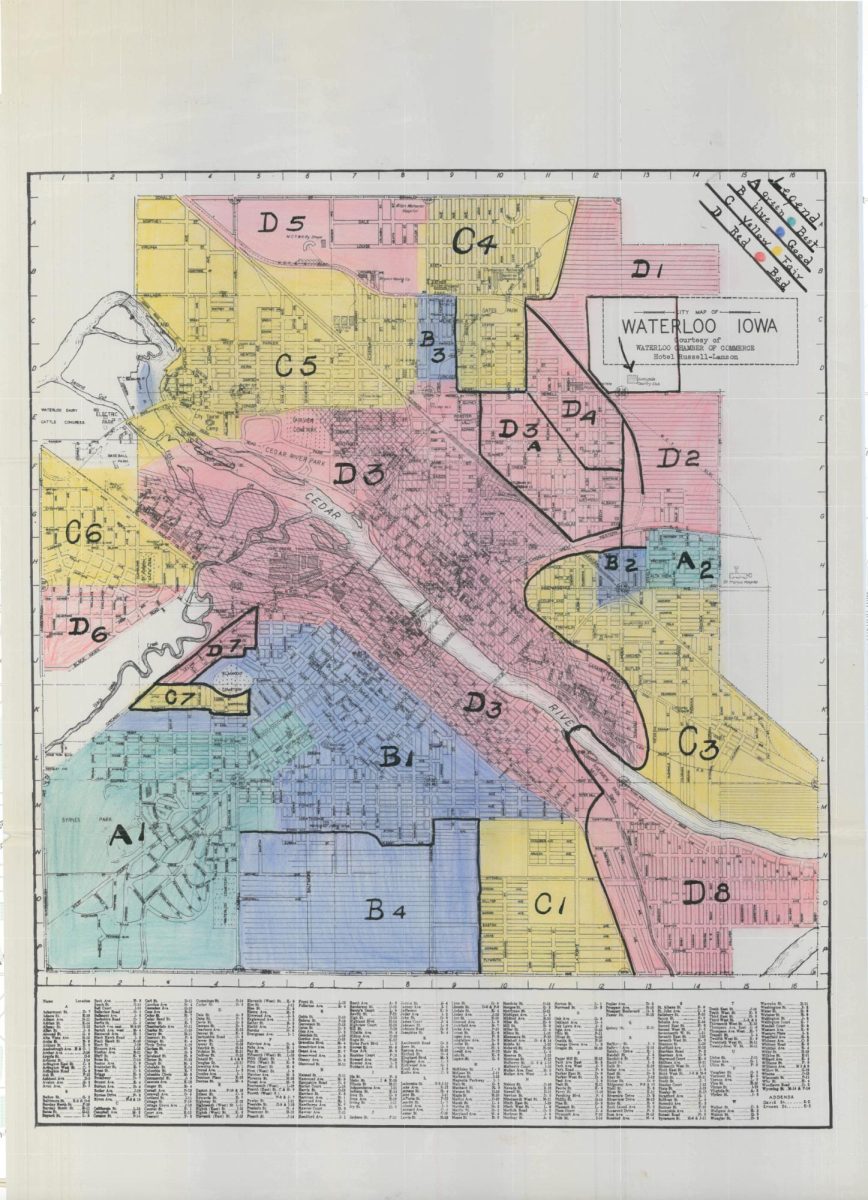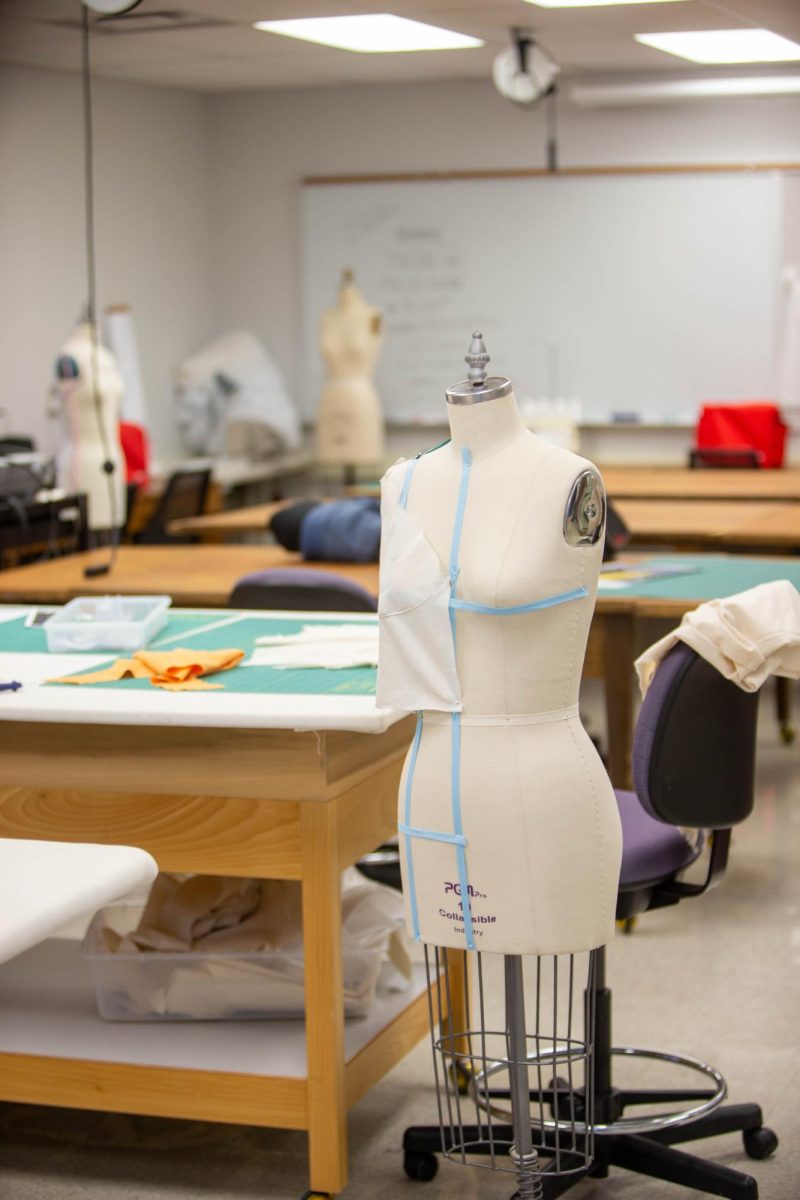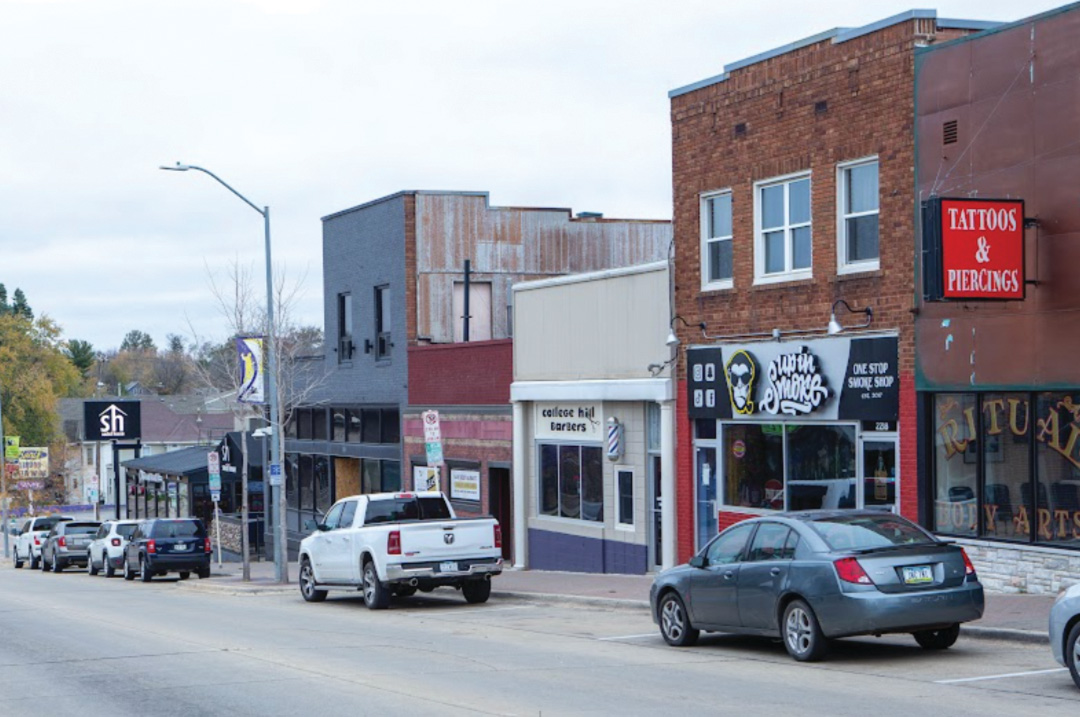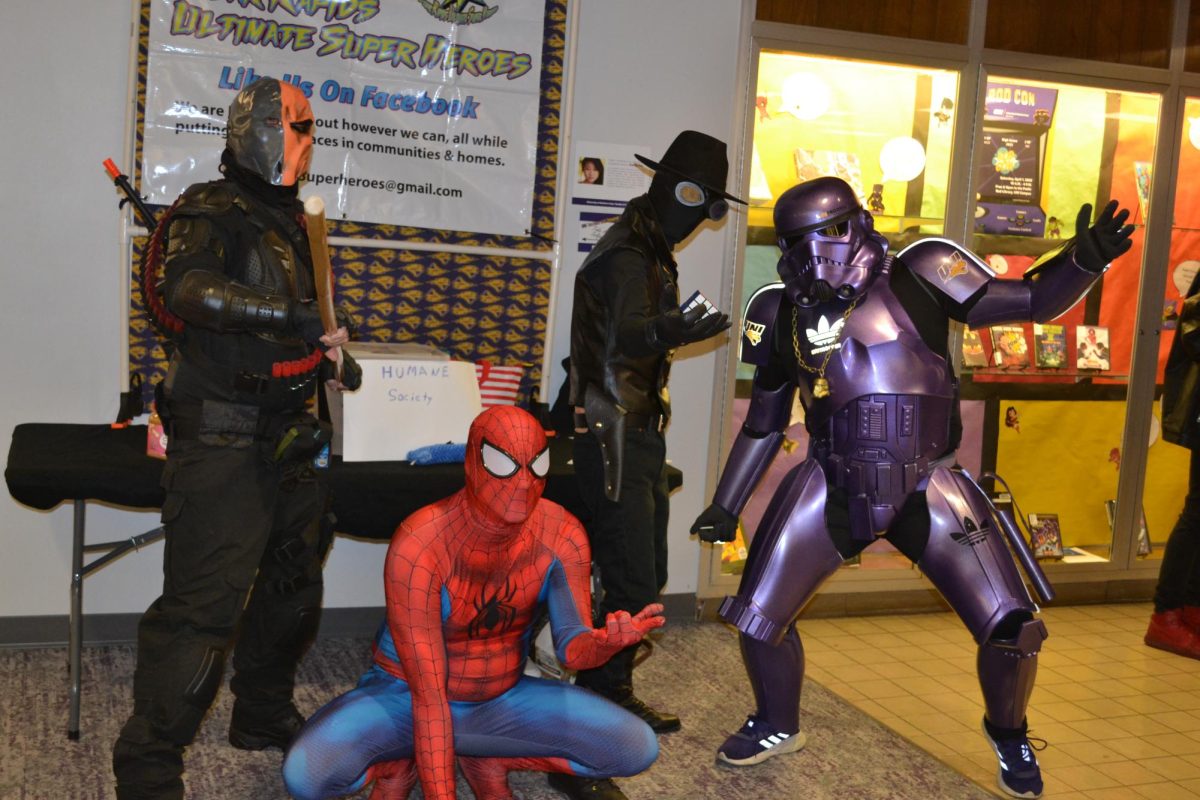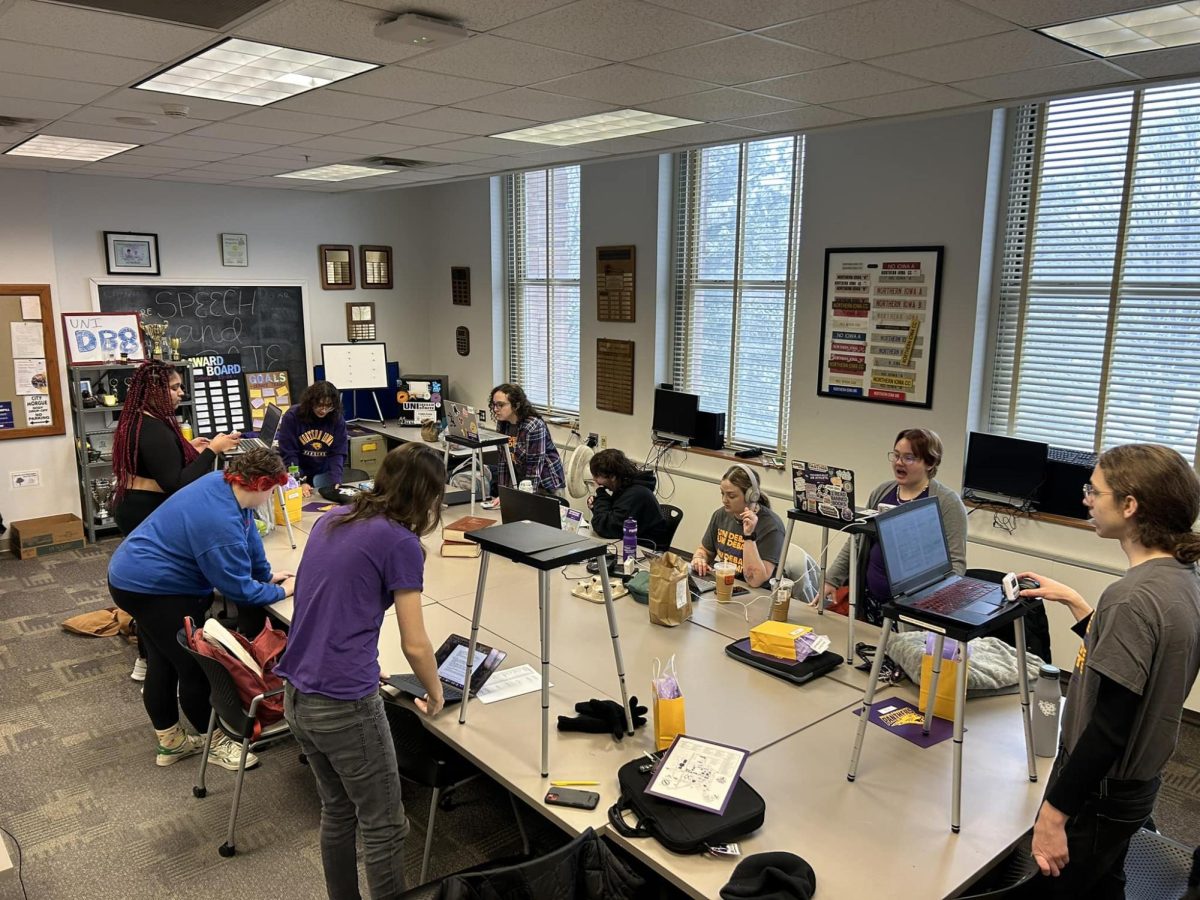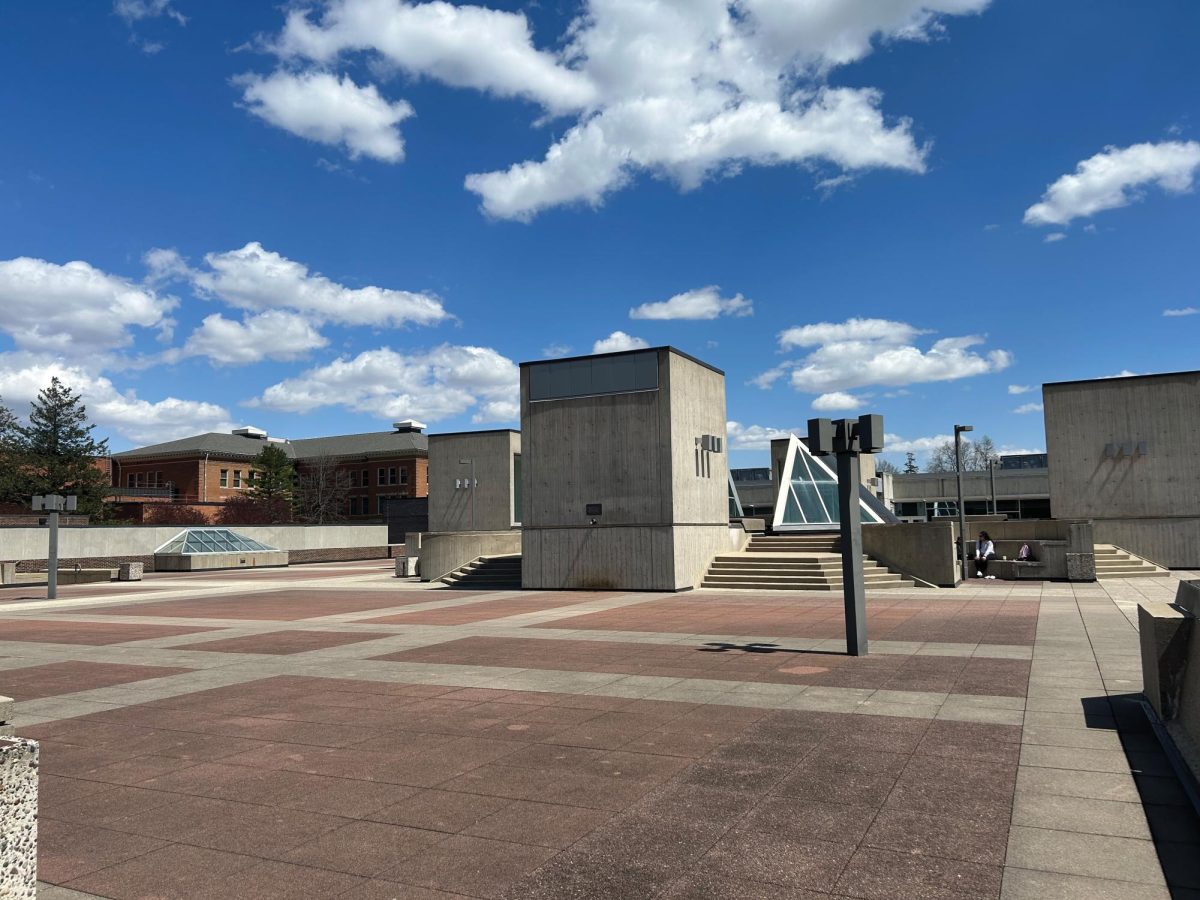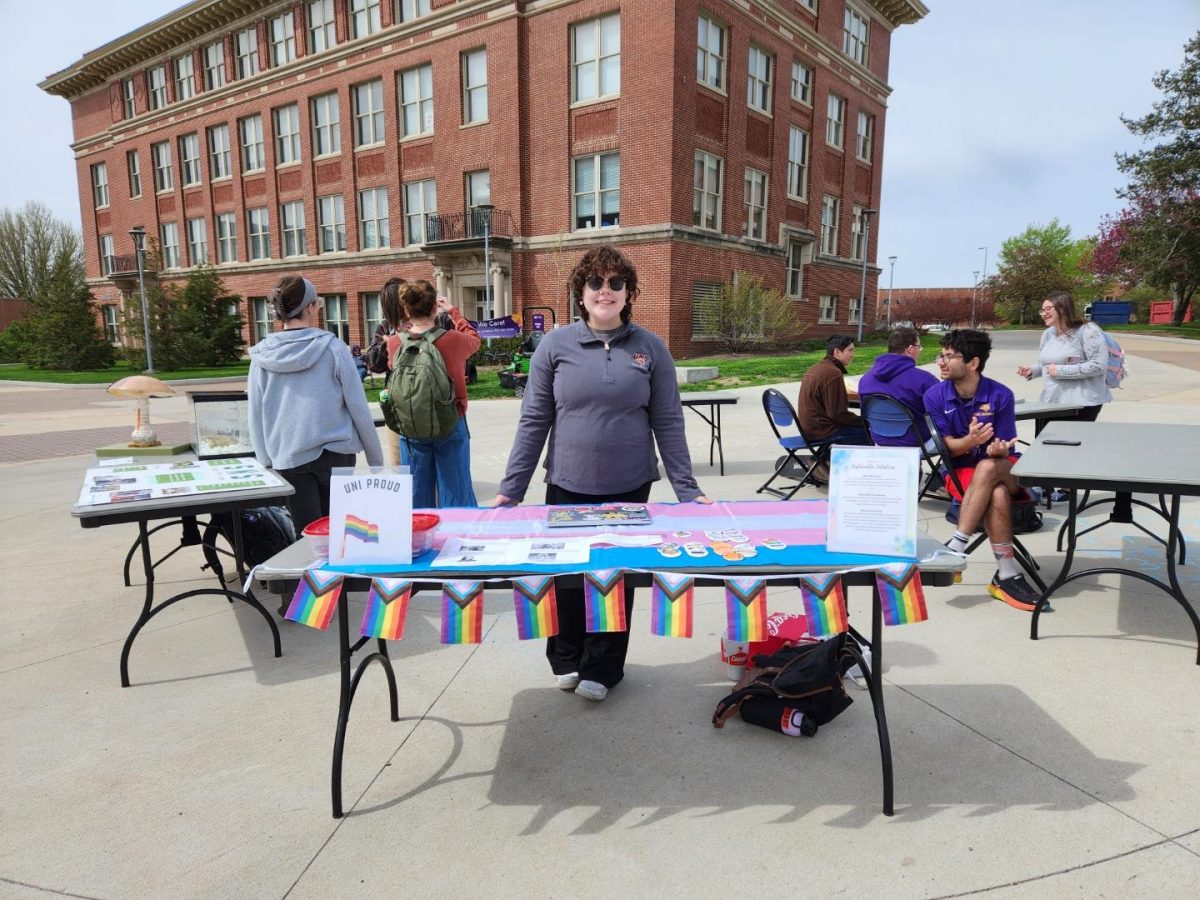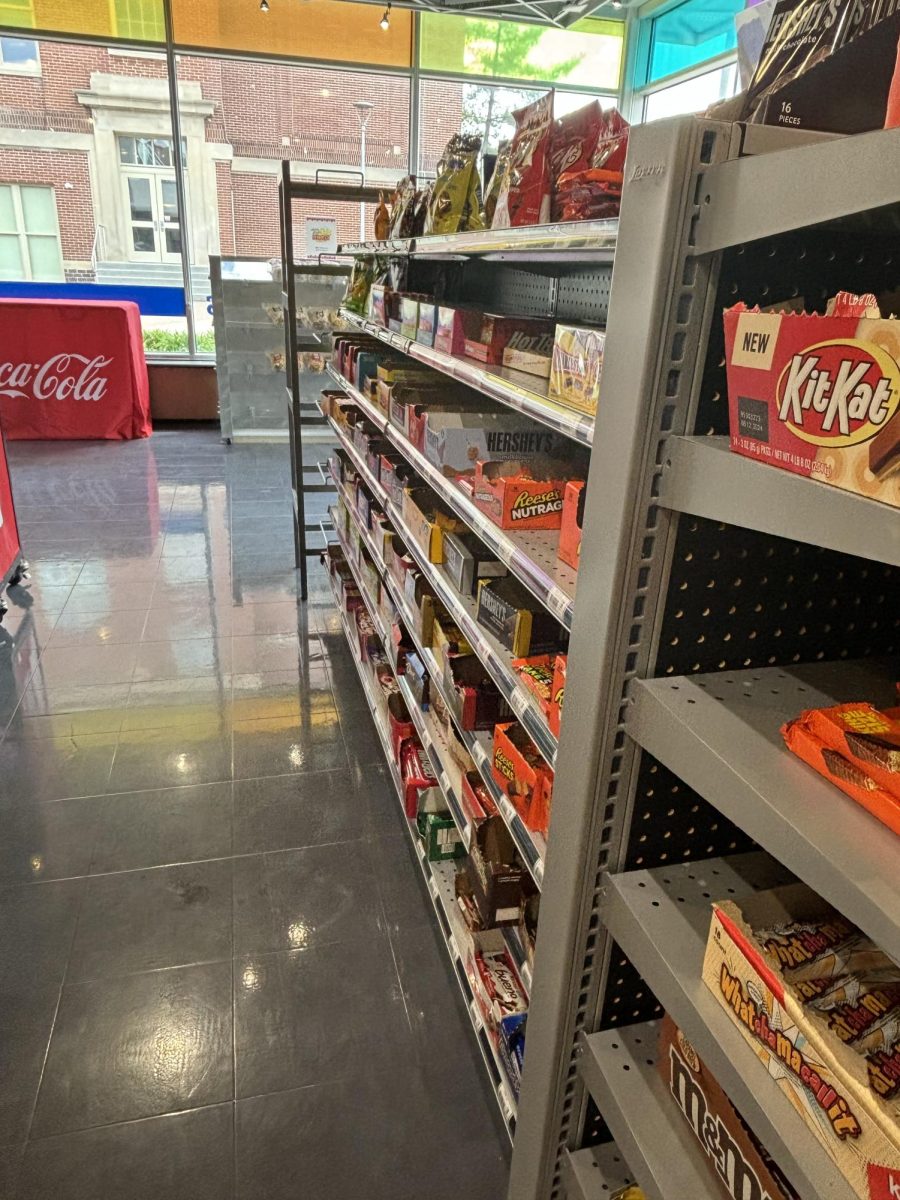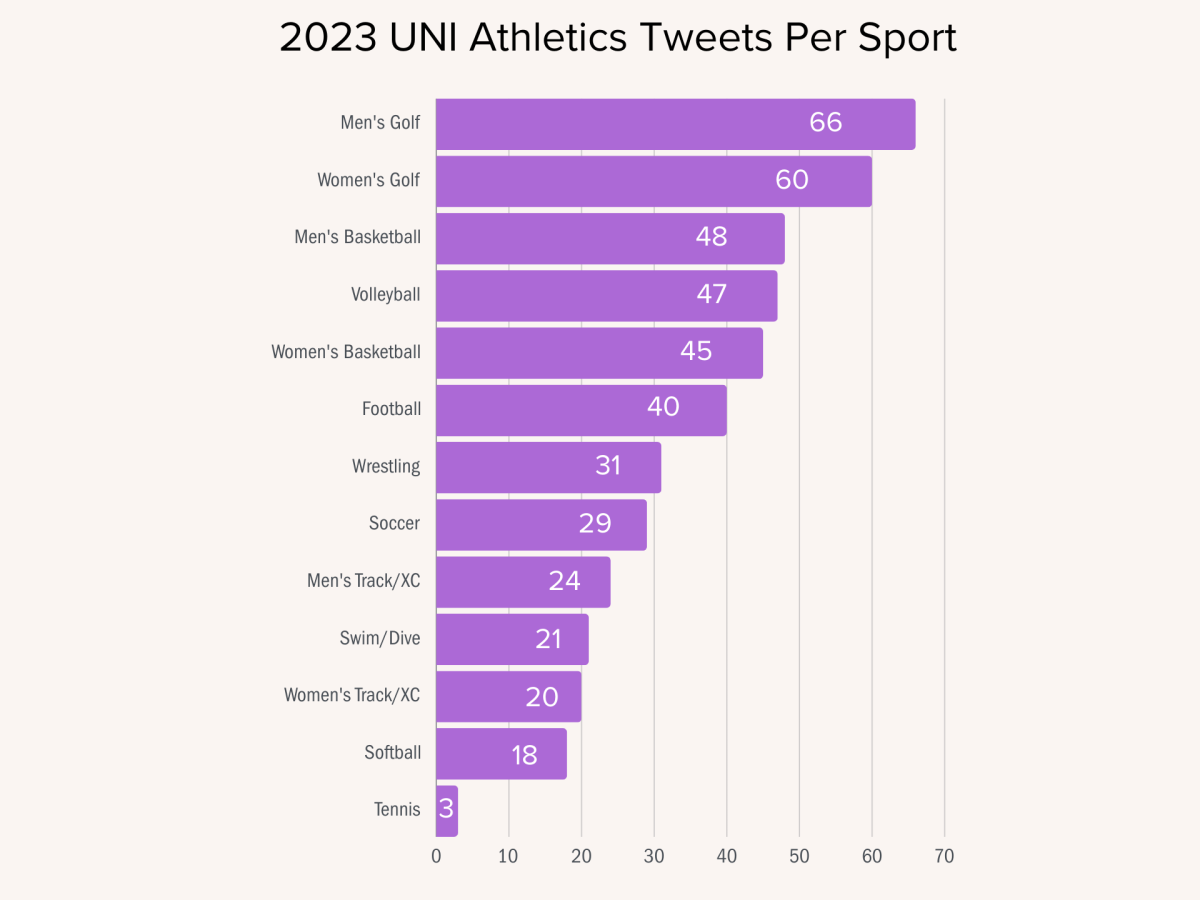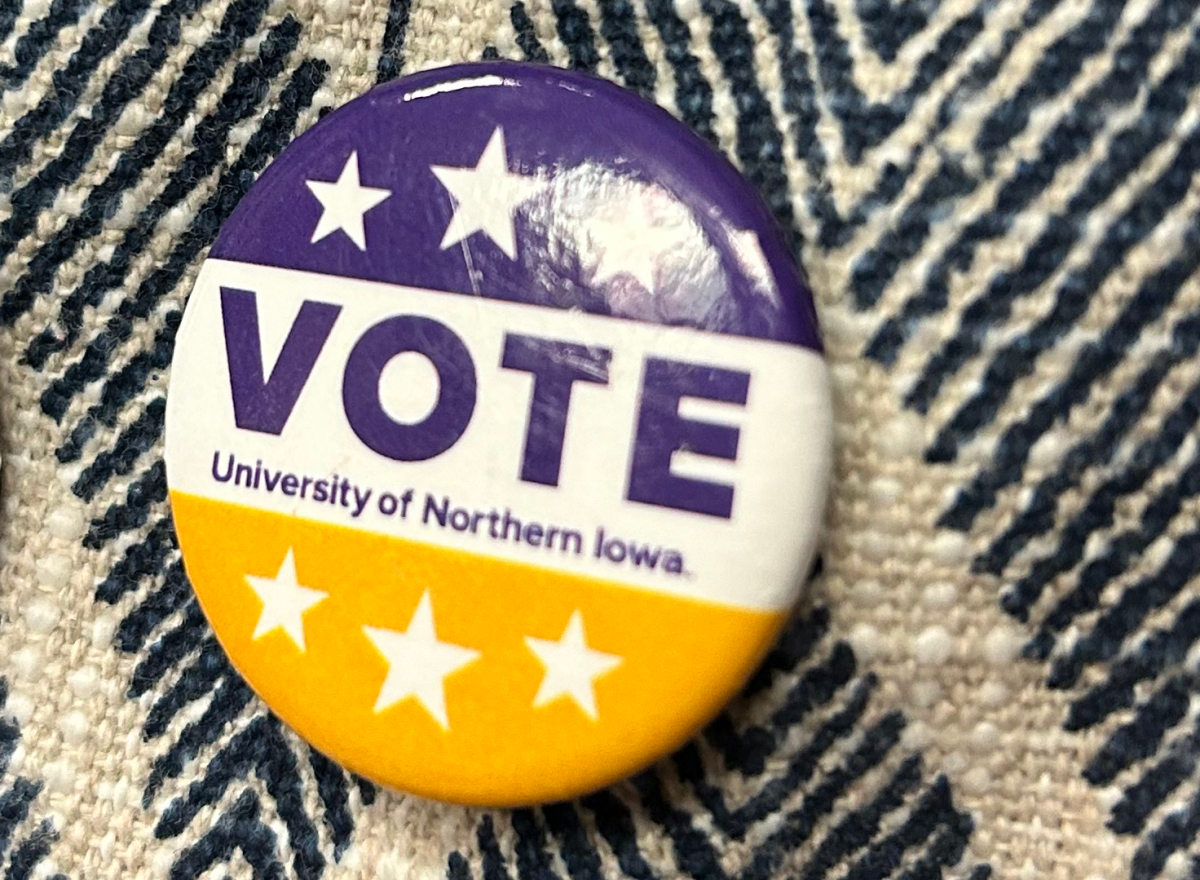Decaying houses, abandoned buildings and residual pollution from the Rath Packing Company reflect a troubled history of housing discrimination, economic disparity and segregation in a select number of Waterloo neighborhoods. But students in Professor Jayme Renfro’s Race and Public Policy seminar are seeking to change that – one tree at a time.
“We’re starting small, so we’re not changing the whole area, but we’re changing our little piece of the world in Waterloo,” Olivia Schneider, a student in Renfro’s class said, “It feels really good to get out there and make a difference.”
The students in Renfro’s class have been studying the effects of redlining, a policy that began in the 1930s and played a big role in creating a racial divide in the area.
“It was all racism,” Renfro said. “When the government started insuring mortgages, they decided they weren’t going to insure everyone. Because of racism, it worked out that most of the people and neighborhoods that were deemed to be uninsurable were neighborhoods where people of color lived.”
History professor Brian Rumsey said redlining impacted thousands of cities across America.
“This wasn’t just something that was happening in one part of the country,” Rumsey said. “It wasn’t just a southern thing. Racism in the north or in the east was maybe a little bit more obscured, but just as harmful.”
The government created maps which color-coded neighborhoods based on their perceived risk for mortgage lending, and the “riskiest” areas were colored red, giving way to the term redlining. This policy impacted predominantly African-American communities, and continues to impact current generations.
…we also hope that people in other places can see what we’re doing and follow our example.
— Olivia Schneider, student in Renfro’s class
Rumsey said it is important to acknowledge the history of redlining in the Cedar Valley and the impact it has on the community today.
“(Redlining) certainly didn’t make it any easier to get ahead in those neighborhoods,” Rumsey said. “It’s still hard to invest in those parts of town and becoming a homeowner is still difficult. You can still see struggles today in those neighborhoods that lack a lot of amenities. It’s one of those factors that has perpetuated inequalities that already exist.”
While studying maps of Waterloo, Renfro’s class noticed a key factor was missing from the formerly redlined areas – trees. According to Renfro, trees are often a key resource for neighborhoods that are often overlooked.
“Redlined areas tend to have a lot of commercial concrete parking lots, vacant lots, those sorts of things,” Renfro said. “They don’t have trees. And a lack of trees creates an even worse neighborhood.”
Without an adequate number of trees, the air quality in these areas is noticeably worse, and trees also help cool down an area with their shade, which is increasingly important with rising temperatures and global warming.
In an effort to combat the lack of trees in these formerly redlined areas, Renfro’s class has organized a tree planting event for Arbor Day, Friday, April 26. The class has organized hundreds of volunteers to plant trees, including the Iowa Army National Guard, AmeriCorps, and Vine Valley Real Estate among other corporations.
“It’s pretty exciting,” Schneider said. “Making that change and broadening the tree canopy in more of an equitable fashion, is what we’re aiming to do in Waterloo, but we also hope that people in other places can see what we’re doing, and follow our example.”
The groundbreaking will take place near 4th and Lime Streets. They plan to plant trees by East High School and near the People’s Community Health Clinic.
In addition to organizing the tree planting on April 26, the class has organized several events to educate the community including a faculty panel discussion about the history of redlining with Jenna Peterson from Habitat for Humanity, and UNI professors, an Earth Day sampling planting event, creek cleanup and community engagement fair.
“The best part for me has been all the hands-on engagement that we’ve been doing,” Schneider said. “Sometimes, especially in these political science classes, you’re learning about these depressing topics and it feels like there’s no way to actually change anything.”
Renfro said the class has truly gone above and beyond her expectations, and has helped make a positive change in the community.
“The students keep coming up with things to do on their own,” Renfro said. “I did not tell them to do this. They did this all on their own. They keep coming up with extra work, and so it’s been really cool to watch.”
Those interested in volunteering for the tree planting event can go to their website and fill out a volunteer interest form at csbs.uni.edu/trees.

